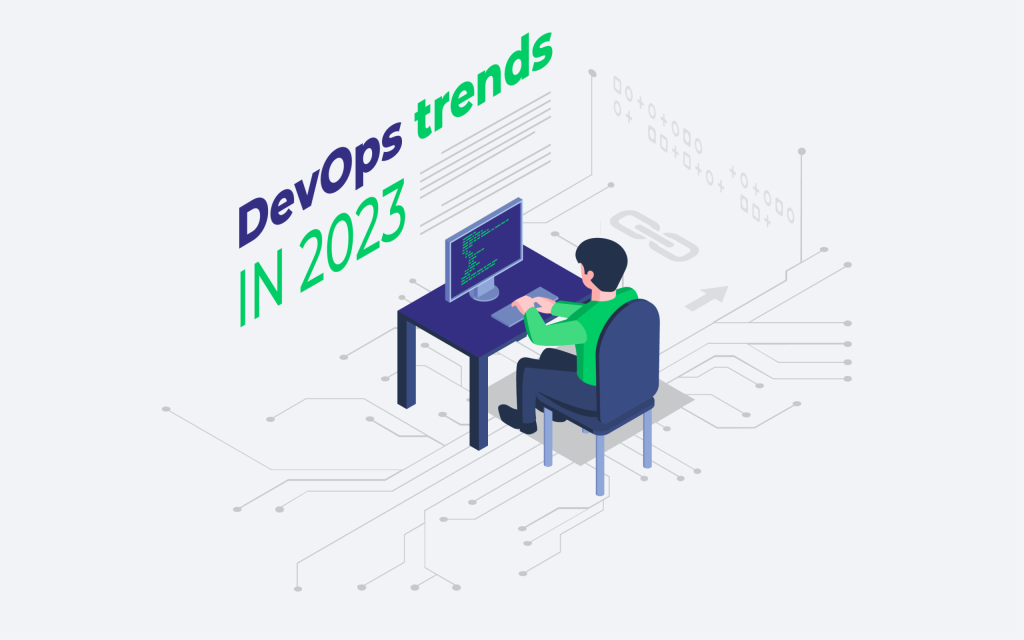Increased Adoption of AI and Machine Learning
As we move towards 2025, the integration of artificial intelligence (AI) and machine learning (ML) into DevOps practices is expected to accelerate. Organizations are increasingly leveraging AI-driven tools to automate repetitive tasks, enhance decision-making processes, and improve overall efficiency. This trend not only streamlines workflows but also allows teams to focus on more strategic initiatives.
AI and ML can analyze vast amounts of data to identify patterns and predict potential issues before they arise. This proactive approach to problem-solving is becoming essential in a fast-paced development environment. By incorporating AI into DevOps, teams can achieve faster deployment times and higher quality software, ultimately leading to improved customer satisfaction.
Emphasis on Security in DevOps (DevSecOps)
With the rise of cyber threats, security has become a top priority for organizations adopting DevOps practices. The concept of DevSecOps, which integrates security measures into the DevOps pipeline, is gaining traction. This approach ensures that security is not an afterthought but a fundamental aspect of the development process.
By embedding security practices early in the development lifecycle, teams can identify vulnerabilities and address them before they become critical issues. This shift towards a security-first mindset not only protects sensitive data but also fosters a culture of accountability and collaboration among development, operations, and security teams.
Rise of GitOps for Continuous Delivery
GitOps is emerging as a popular methodology for managing infrastructure and application deployments. By using Git as a single source of truth, teams can streamline their continuous delivery processes. This trend simplifies the deployment pipeline, making it easier to track changes and roll back if necessary.
With GitOps, developers can leverage familiar Git workflows to manage both application code and infrastructure configurations. This approach enhances collaboration and reduces the risk of errors, ultimately leading to more reliable and efficient deployments. As organizations seek to improve their DevOps practices, GitOps is likely to play a significant role in shaping the future of continuous delivery.
Containerization and Microservices Architecture
Containerization continues to be a key trend in DevOps, enabling teams to build, test, and deploy applications in isolated environments. This approach enhances scalability and flexibility, allowing organizations to respond quickly to changing market demands. Coupled with microservices architecture, containerization facilitates the development of modular applications that can be updated independently.
As more organizations adopt cloud-native strategies, the use of containers and microservices is expected to grow. This trend not only improves resource utilization but also enhances collaboration among development teams. By breaking down applications into smaller, manageable components, teams can deploy updates more frequently and with less risk.
Enhanced Collaboration through DevOps Tools
The landscape of DevOps tools is constantly evolving, with new solutions emerging to enhance collaboration among teams. Tools that facilitate communication, project management, and automation are becoming essential for successful DevOps implementations. As organizations strive for greater efficiency, the demand for integrated toolchains that support seamless collaboration is on the rise.
By leveraging advanced DevOps tools, teams can automate workflows, monitor performance, and gain insights into their processes. This increased visibility fosters a culture of transparency and accountability, enabling teams to work more effectively together. As we approach 2025, the focus on collaboration through innovative tools will be a driving force in the DevOps landscape.
Focus on Observability and Monitoring
As applications become more complex, the need for robust observability and monitoring solutions is paramount. Organizations are increasingly investing in tools that provide real-time insights into application performance and user experience. This trend allows teams to identify and resolve issues quickly, ensuring optimal performance and reliability.
Observability goes beyond traditional monitoring by providing deeper insights into system behavior and dependencies. By adopting observability practices, teams can gain a comprehensive understanding of their applications, leading to improved troubleshooting and faster incident response times. As we look towards 2025, the emphasis on observability will be crucial for maintaining high-quality software in a dynamic environment.
The landscape of DevOps is continuously evolving, and several trends are expected to shape its future in 2025. Below is a summary of key trends to watch.
| Trend | Description |
|---|---|
| Increased Automation | Automation will continue to be a major focus, with more tools and processes being automated to enhance efficiency and reduce human error. |
| AI and Machine Learning Integration | AI and ML will play a crucial role in predictive analytics, helping teams to anticipate issues and optimize performance. |
| DevSecOps Adoption | Security will be integrated into the DevOps process from the start, ensuring that security practices are part of the development lifecycle. |
| Microservices Architecture | The adoption of microservices will continue to grow, allowing for more flexible and scalable application development. |
| Cloud-Native Technologies | Cloud-native approaches will dominate, with organizations leveraging containerization and orchestration tools like Kubernetes. |
| Collaboration and Culture | Emphasis on collaboration between development and operations teams will strengthen, fostering a culture of shared responsibility. |
| Observability and Monitoring | Enhanced observability tools will be essential for monitoring complex systems, providing insights into performance and user experience. |
| Serverless Computing | Serverless architectures will gain traction, allowing developers to focus on code without managing infrastructure. |

